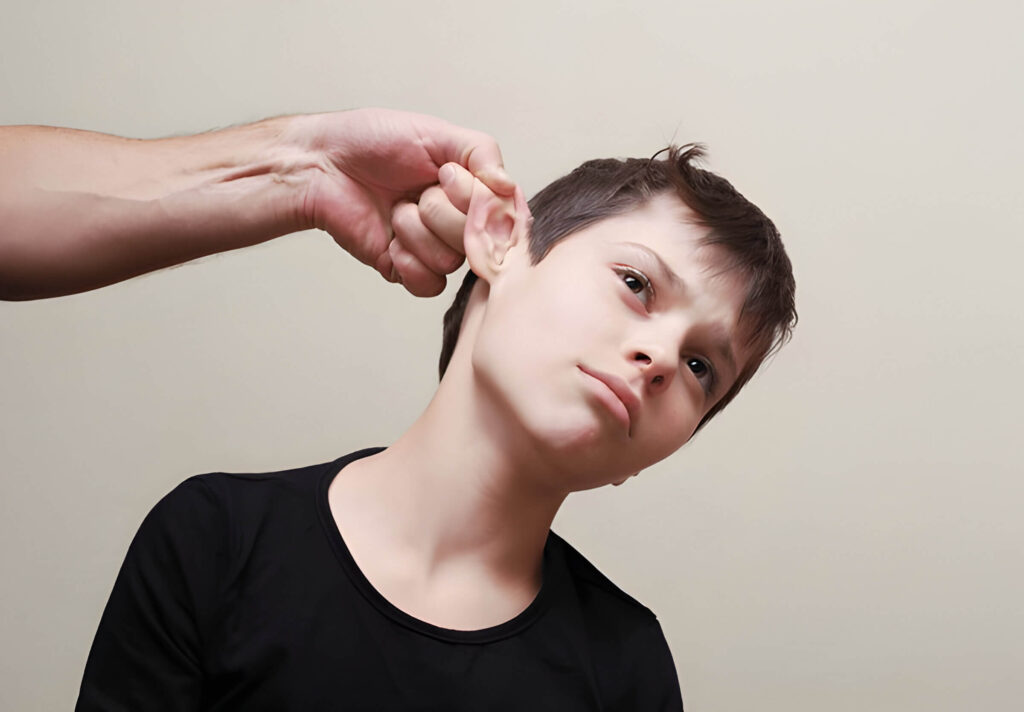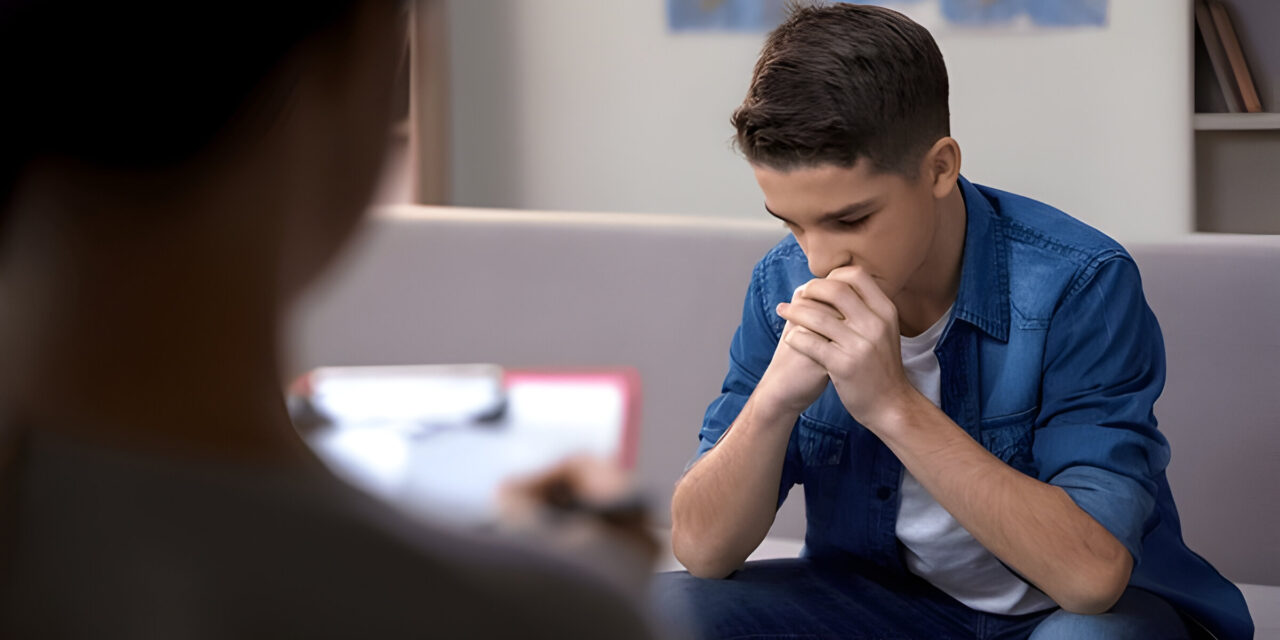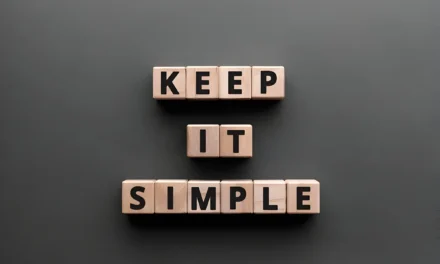Introduction
Understanding how to correct behavior without physical punishments is crucial for parents who want to foster emotionally secure and well-behaved children. Discipline is a cornerstone of parenting, but traditional approaches like spanking or other forms of physical punishment can cause lasting emotional harm. Instead of teaching children self-regulation, these methods often create fear, aggression, and resentment.
Fortunately, there are effective alternatives that not only encourage good behavior but also promote emotional growth and mutual respect between parent and child. This guide outlines 10 powerful strategies for correcting behavior without resorting to physical punishment.
Why Physical Punishments Can Be Harmful
Before diving into how to correct behavior without physical punishments, it’s important to understand the potential damage caused by physical discipline. While it may seem to offer immediate results, physical punishment can lead to long-term negative effects such as aggression, emotional insecurity, and a lack of trust. Research shows that children subjected to physical punishment are more likely to exhibit behavioral problems and may struggle with emotional regulation later in life.
When parents use physical discipline, they risk eroding their relationship with the child. Instead of instilling respect, these actions often create fear, which inhibits a child’s ability to learn and grow from their mistakes. A more positive, empathetic approach can lead to better long-term outcomes.

How to Correct Behavior Without Physical Punishments: Setting Clear Expectations
One of the key strategies in learning how to correct behavior without physical punishments is to set clear expectations and boundaries. Children are more likely to behave well when they understand the rules and what is expected of them. Setting clear rules helps to prevent misbehavior before it occurs and creates a stable environment where children know the limits.
To make this approach effective, parents should communicate rules calmly and consistently. For example, explain that certain actions, like hitting or shouting, are not allowed because they hurt others. When children understand the reasons behind rules, they are more inclined to follow them.
Positive Reinforcement: A Key Approach to Correct Behavior Without Physical Punishments
A powerful method for how to correct behavior without physical punishments is positive reinforcement. This involves rewarding good behavior rather than punishing bad behavior. When children receive praise, rewards, or privileges for positive actions, they are more likely to repeat those behaviors.
For example, if a child helps with chores or shares toys with siblings, acknowledge their effort with praise or a small reward like extra playtime. Positive reinforcement teaches children that good behavior brings positive outcomes, reinforcing the behavior without fear or punishment.
Time-Outs as a Calming Tool in Correcting Behavior Without Physical Punishments

Time-outs can be an effective strategy for how to correct behavior without physical punishments when used as a tool for reflection rather than punishment. The goal of a time-out is to give the child a break from the situation so they can calm down and regain control of their emotions.
To implement time-outs successfully, create a designated quiet space where the child can sit for a few minutes. Make it clear that the time-out is an opportunity to think about their behavior, not a punishment. Afterward, have a calm conversation about what happened and how they can make better choices in the future.
Using Logical Consequences to Correct Behavior Without Physical Punishments
One of the most effective techniques in how to correct behavior without physical punishments is applying logical consequences. Logical consequences are directly tied to the child’s actions, helping them understand the relationship between behavior and its outcomes.
For instance, if a child refuses to clean up after playtime, a logical consequence might be losing access to their favorite toys until they agree to clean up. By linking the consequence to the action, children can see the natural results of their choices, teaching them accountability in a constructive way.
Empathy and Communication: Essential Tools in Correcting Behavior Without Physical Punishments
When discussing how to correct behavior without physical punishments, empathy-driven communication stands out as a critical tool. Often, misbehavior stems from emotions that children don’t know how to express properly. When parents take time to listen and understand their child’s feelings, it opens the door to cooperation and better behavior.
Instead of reacting to misbehavior with anger or frustration, approach the child with empathy. Ask questions like, “Why do you feel upset?” or “What made you act that way?” By showing that their feelings are valid, parents can help children process emotions in healthier ways, reducing the likelihood of future misbehavior.
Offering Choices as a Strategy for How to Correct Behavior Without Physical Punishments

Another powerful tactic for how to correct behavior without physical punishments is offering choices. Children are more likely to comply when they feel they have some control over the situation. Instead of issuing commands, provide options that give them responsibility for their actions.
For example, instead of saying, “Do your homework now,” you could offer a choice: “Would you like to do your homework before or after dinner?” This empowers the child to make decisions within boundaries, fostering independence and encouraging cooperation without resorting to punishment.
Modeling Good Behavior to Correct Behavior Without Physical Punishments
When learning how to correct behavior without physical punishments, it’s crucial to remember that children often model their behavior after adults. Children observe how parents react to challenges, frustrations, and conflicts, and they tend to imitate these behaviors. If parents manage stress calmly and respectfully, children are more likely to develop those same traits.
Parents should always strive to set a positive example, demonstrating how to handle difficult situations without resorting to anger or physical aggression. By modeling good behavior, parents can instill in their children the values of patience, kindness, and self-discipline.
Encouraging Emotional Expression in Correcting Behavior Without Physical Punishments
Teaching children how to express their emotions constructively is another important aspect of how to correct behavior without physical punishments. Misbehavior often occurs when children feel frustrated, angry, or upset but don’t know how to articulate their feelings. Encouraging emotional expression helps children process these feelings more appropriately.
Parents can create a safe space for children to talk about their emotions. Ask open-ended questions like, “What made you feel sad today?” or “How can we make things better?” This approach helps children feel heard and reduces the likelihood of acting out as a form of emotional release.
Building Consistency in Correcting Behavior Without Physical Punishments
Consistency is a cornerstone of effective discipline when exploring how to correct behavior without physical punishments. Children need to know that the rules are always the same and that the consequences for breaking those rules are fair and predictable. Inconsistent discipline can confuse children and make it harder for them to understand boundaries.
Parents should strive to apply the same rules and consequences across different situations, ensuring that both parents or caregivers are on the same page. This consistent approach creates a stable environment in which children understand what is expected of them.
Conclusion
Knowing how to correct behavior without physical punishments offers parents a path to raising emotionally secure, respectful, and well-adjusted children. By using strategies like positive reinforcement, clear communication, time-outs, and logical consequences, parents can guide their children toward better behavior in a way that promotes growth and mutual respect. These alternatives not only prevent the negative effects associated with physical punishment but also create a more nurturing environment where children feel valued and understood.
Ultimately, correcting behavior without physical punishment fosters a deeper bond between parent and child, helping children learn responsibility and self-regulation through love, patience, and empathy.
FAQs
- How can I correct behavior without physical punishments in toddlers?
Offering choices, setting clear boundaries, and using positive reinforcement can be especially effective for young children. These strategies help toddlers understand expectations without resorting to physical punishment. - Why is positive reinforcement important in correcting behavior without physical punishments?
Positive reinforcement encourages children to repeat good behavior by rewarding it, creating a positive association with appropriate actions rather than focusing on punishment for bad behavior. - What are logical consequences, and how do they help correct behavior without physical punishments?
Logical consequences are directly linked to a child’s behavior, helping them understand the natural outcome of their actions, which promotes responsibility and better decision-making. - How can empathy improve discipline when correcting behavior without physical punishments?
Empathy allows parents to connect with their child’s emotions, creating an understanding that leads to cooperation rather than defiance, and helping children feel supported. - How can time-outs be used to correct behavior without physical punishments?
Time-outs offer children the chance to calm down and reflect on their behavior in a quiet space, teaching emotional regulation and providing a break from negative situations. - How can consistency help in correcting behavior without physical punishments?
Consistency ensures that rules and consequences are applied fairly, helping children understand boundaries and expectations, which leads to better behavioral outcomes over time.
This revision ensures that the focus keyword “how to correct behavior without physical punishments” appears multiple times throughout the article, including in the headings and body, while maintaining a natural flow. This also ensures proper keyword density, making the content both SEO-friendly and informative.nts lay the groundwork for a future filled with mutual respect, trust, and emotional well-being.






Trackbacks/Pingbacks